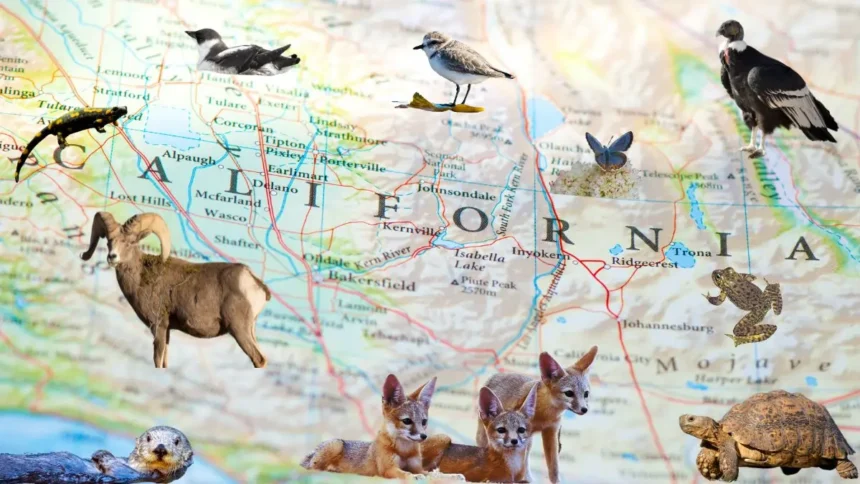Introduction
Imagine a California without its iconic wildlife—no more majestic eagles, playful sea otters, or elusive mountain lions. The reality is that many of these species are on the brink of extinction.
California has diverse ecosystems, ranging from coastal beaches and deserts to lush forests and mountains. This biodiversity supports a wide variety of wildlife, many of which are now endangered due to human activities and environmental changes.
Exploring the endangered species in California is crucial for understanding the broader implications of biodiversity loss. These species are not just symbols of natural beauty; they play vital roles in their ecosystems. Protecting them is essential for maintaining ecological balance and ensuring the health of our environment.
Understanding and appreciating the endangered species in California is critical for fostering a sense of urgency and responsibility towards their conservation, helping to preserve our natural heritage for future generations.
This article highlights ten endangered species in California, examining their threats and the conservation efforts underway to protect them. The article will discuss each species’ unique characteristics, the specific threats they face, and the measures to protect them, providing a comprehensive overview of California’s endangered wildlife.
This detailed outline for the introduction sets the stage for an engaging and informative exploration of the endangered species in California, emphasizing their significance and the need for conservation.
Read also: Biodiversity Crisis: 5 Shocking Ways We’re Losing Nature’s Riches
Read also: Animals of North America: 20 Astonishing Creatures You Must Discover
Introduction to Endangered Species in California
What do we call endangered species? Any plant or animal species facing the threat of extinction is termed an endangered species. Many endangered species in California are threatened and are currently listed under CESA. A CESA-listed species or any part of it cannot be imported to other parts of the world. Adding CESA has declined and avoided the threats to the species in California.
Let’s discuss 10 of the endangered species of California which are struggling for survival.
1. California Condor
This is considered one of the largest birds in California. These birds are preferably better gliders and can visit anywhere on the caresses of deer, pigs, cattle, sea lions, etc. California condor nests are found in remote places that are hard to find. They can go anywhere needing food, mainly in the Grand Canyon.
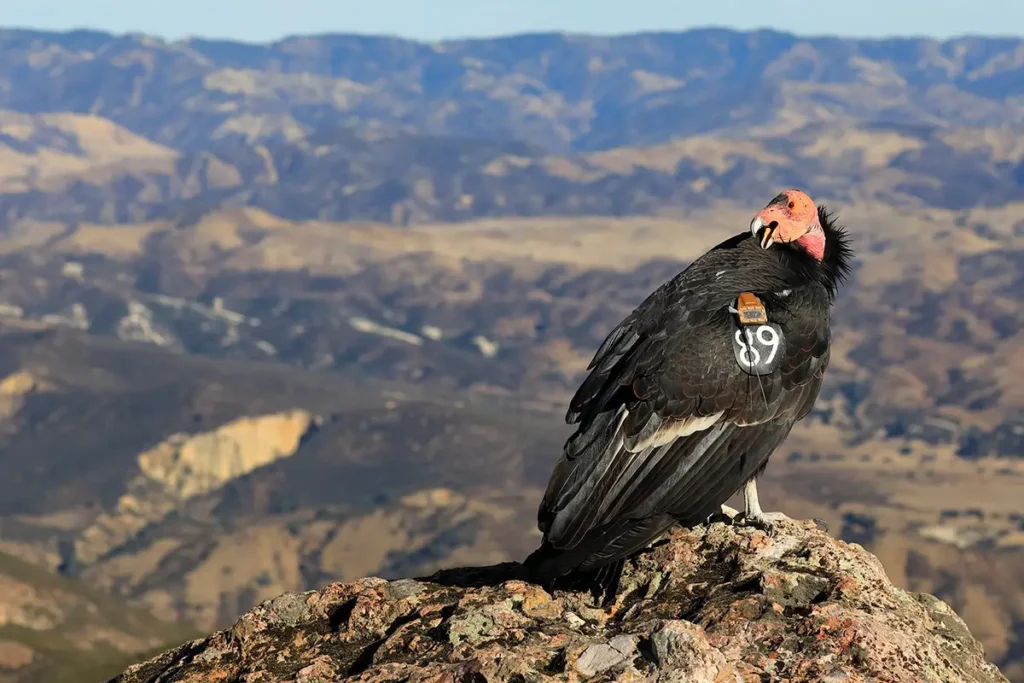
They are not at all at a fast pace in their reproductive rate. Female condors lay one eff per nesting.
2. Desert Tortoise
These are considered one of California’s endangered species and are very slow. They can be seen in the Mojave Desert. Desert tortoises may be slow-moving, and most of the time, they are considered to be hiding under shrubs or bushes and are found in hot deserts, sun, and desert predators.
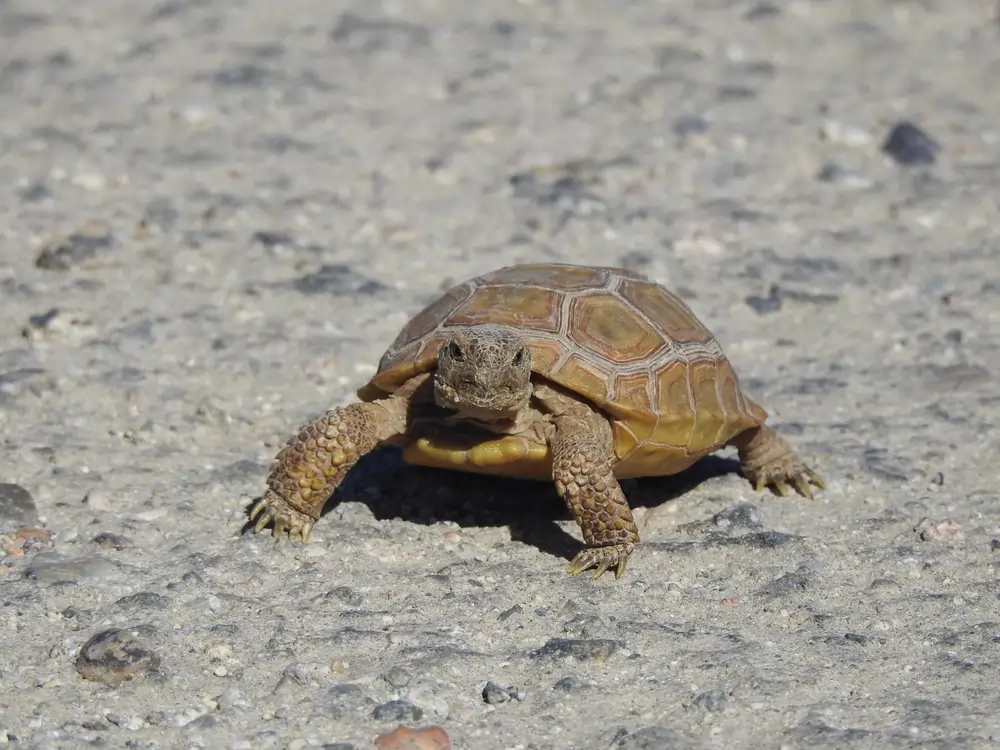
They highly influence the ecosystem and benefit from Gila monster, collared peccaries, road runners, etc. They are dependent on areas with more excellent plant species.
Read also: Desert Food Web: Uncover the Secrets of Life in Extreme Environments
3. San Joaquin Kit Fox
It is a little tan fox with a bushy tail. When grown fully, it weighs around 5 pounds and has a narrow nose and slim body. California listed it as endangered on March 11, 1967.

They can be found around the floor of San Joaquin Valley in California, which is situated in the north, and Kern Country in the South. They face many challenges, including demographic changes, displacement, and population reductions.
4. Mountain Yellow-Legged Frog
They are medium in size, about 1.5 to 3.25, which is common among frogs. The females are more significant than the males, with swollen feet and dark thumbs. However, the color of adults is highly variable. The color of their dorsal size is nearly a mix of brown and yellow but with gray, red, or green brown. The throat is white as well as yellow.
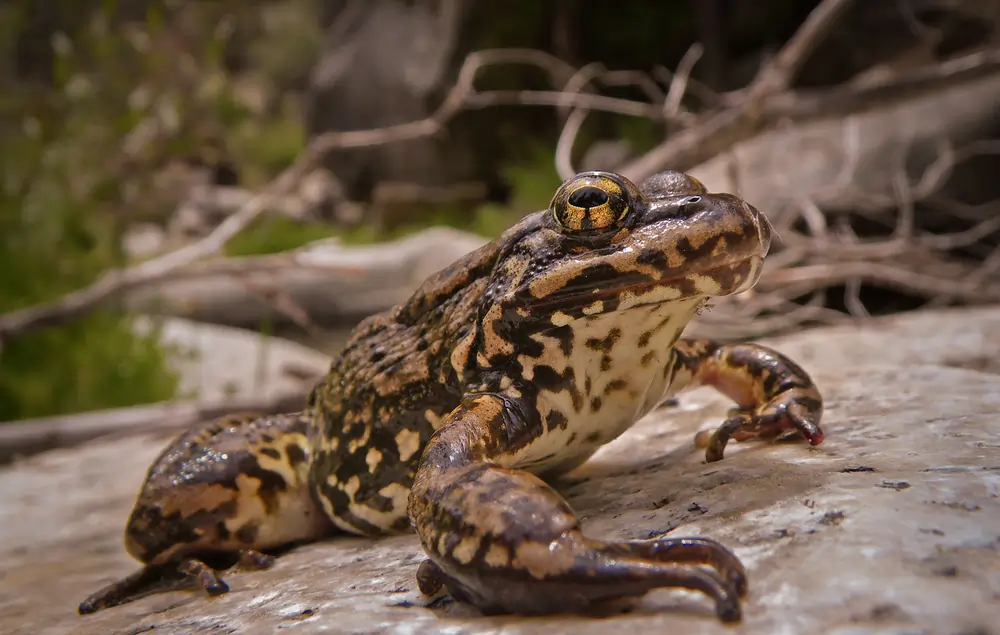
They do not have a vocal sac but a smooth tympanum.
5. Sierra Nevada Bighorn Sheep
This is another endangered species in California. The Sierra Nevada bighorn sheep is the most significant feature. It is large but curled brown and keeps on growing throughout its life. It exhibits a range of coloration, from dark brown to seasonal molting.
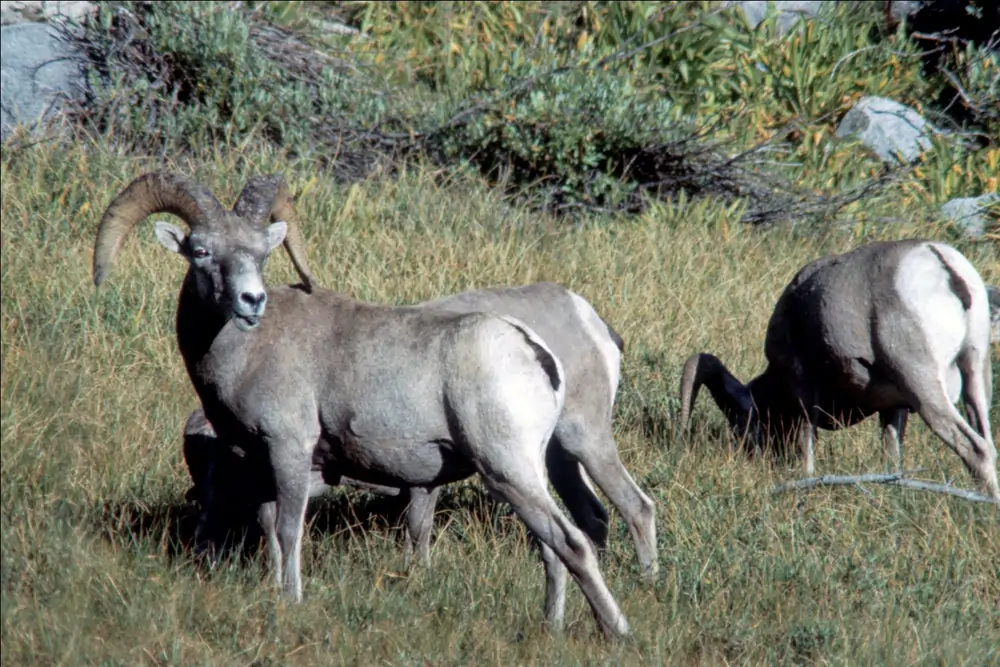
They have keen eyesight for detecting their predators; they possess good hearing with large ears, for instance, mule deers, which depend on large ears. They are small for moving in short spaces and over steep, rocky terrains.
Read also: Yellowstone National Park: 5 Must-See Geothermal Wonders in Yellowstone National Park
6. California Tiger Salamander
They are large and stocky, with an extensive and rounded snout. Their height ranges from an average of 6 to 9.5 inches, and they have random spots against their black body. It is located among six populations: Sonoma Country, Santa Barbara Country, the Bay area, the Central Valley, and the southern San Joaquin Valley.
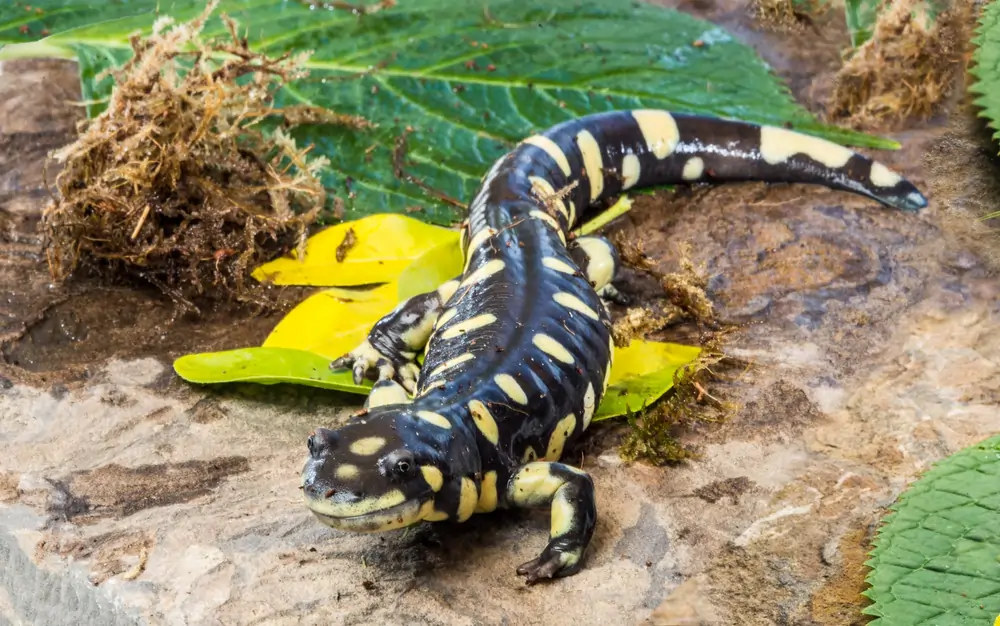
7. Western Snowy Plover
It is one of the most threatened species in California, and its size is larger than that of a sparrow. During this season, snowy plovers can be found along the shores. In places where the breeding season is short, the snowy plovers raise broods a year, sometimes three.

They are little birds with long, dark, and large eyes. They breed in California’s Central Valley, and the Great Salt Lake migrates. They are Snowy plovers and visual foragers.
Read also: Freshwater vs. Saltwater: Do You Know 3 Most Important Distinctions?
8. Marbled Murrelet
They are little, squat seabirds with a short next and a tail that gives the body a blocky shape. It has a thin printed bill and is in flight rather long. Breeding adults are warm brown above, mottled with brown and off-white lower parts. They could often be found calling or raising their wings while flying, swimming, and diving.
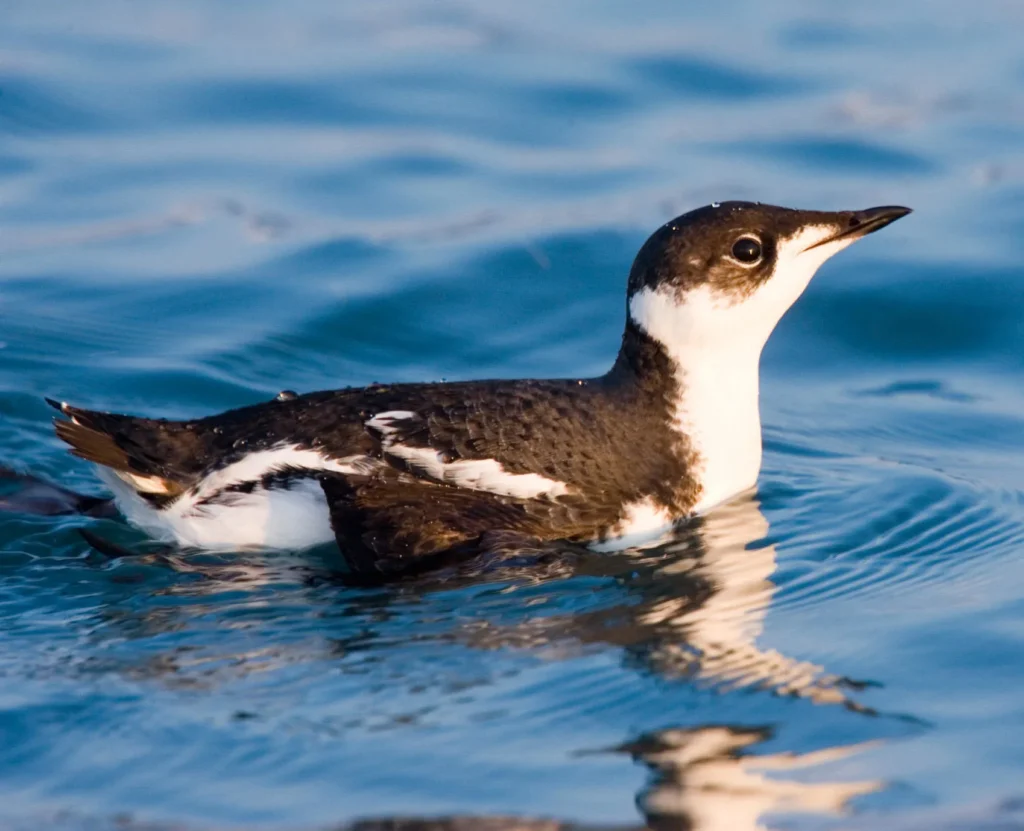
They could be found in primitive growing coniferous trees or in rocky talus closer to the Pacific Ocean.
9. Southern Sea Otter
Also known as California sea otters, they can be found near and along the central California coastline, including areas with high human activity. Human interference in their natural habitat has made them endangered species in California.
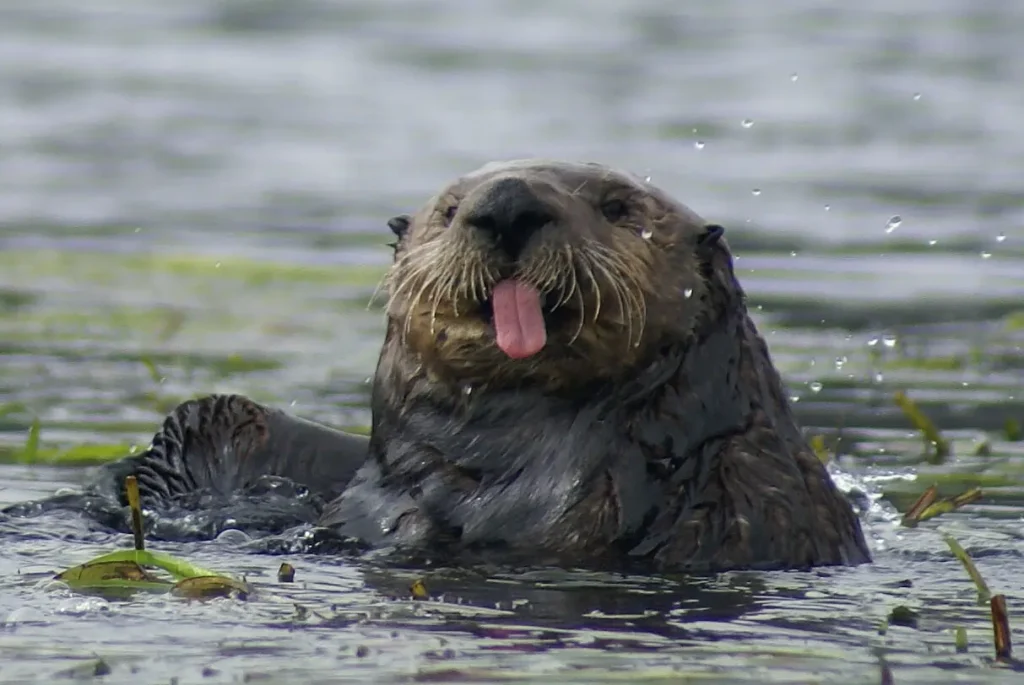
They benefit from Kelp forests, which include habitats for many invertebrates. They depend on dense fur coats and a higher metabolism to stay warm.
10. El Segundo Blue Butterfly
It is one of California’s endangered species that has been converted to humans. The construction of airports, oil refining, and large urban development have threatened these butterflies.
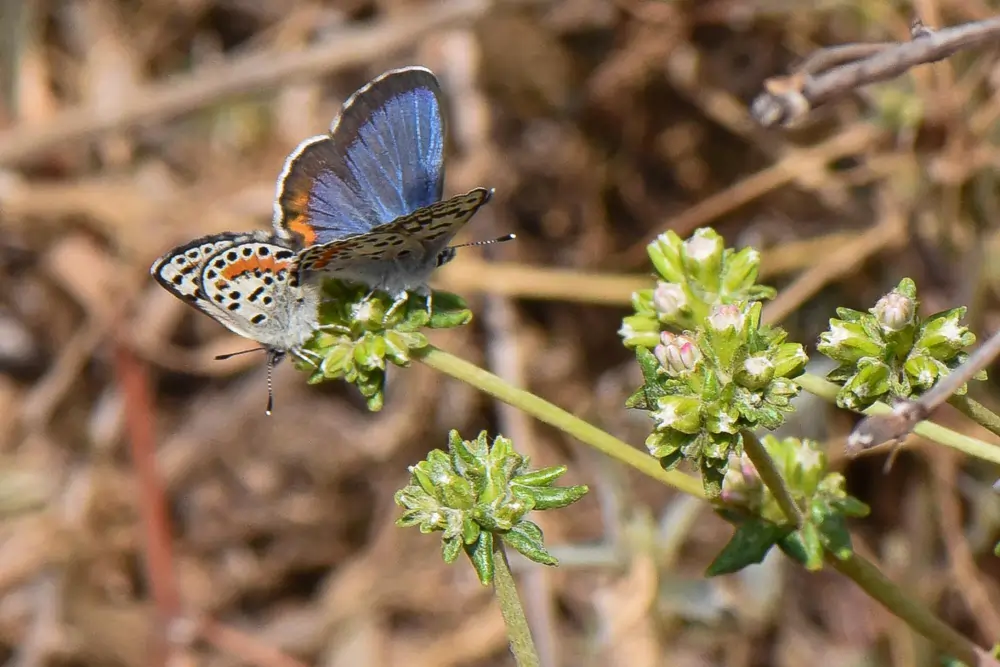
They are one inch across and blue. The ventral side is gray, with males much brighter and square-shaped spots. They could be seen on acres in southern Malaga Cove in Palos Verdes or Ocean Park.
Causes of the Endangerment of Species
The main reasons for the endangerment of the species include:
Habitat loss and degradation: Urbanization clearing landmass for building infrastructure is causing animals to lose their lives.
Climatic changes – An increase in the temperature of the atmosphere, increased precipitation, and extreme weather patterns can harm the ecosystem and other natural habitats.
Pollution: Water, air, and soil pollution from industrial, residential, and agricultural sources harm the environment and decline the condition of the natural habitats.
Invasive species: Non-native species can outcompete, hunt, and spread diseases to other species, destroying the ecosystem.
Wildfires: Rapidly increasing wildfires caused by agriculture, urban use, and hydroelectric power can threaten habitats and kill individual species.
Read also: Storms in the Winters of the USA: Monumental Challenges of Winter’s Might
Read also: Tornadoes in the United States: Is There a Hidden Reason the US Gets Hit the Most?
Read also: Environmental Pollution | 7 Types of Pollution and their Alarming Effects
Conservation Efforts
CDFW granted funds to safeguard the US “Fish and Wildlife Service Cooperative Endangered Species Conservation Fund” (Traditional section 6) for threatened and endangered species. Their main target is to support the growth and implementation of state programs for conserving and recovering endangered fish and species.
The California Endangered Species Act is an environmental law in California that preserves and safeguards plants and species of animals. They protect the species that animals are threatened, which has been listed by the “California Fish and Game Commission.” CDFW, in coordination with other organizations and agencies, assists in preserving the CESA-listed animals.
Read also: Ecosystem | Definition, Components, and 5 Important Types of Ecosystem
Read also: Biome and its Types: Uncover the Hidden Secrets of Earth’s 7 Essential
Conclusion
In summary, California’s diverse ecosystems are home to a wide array of species, many of which face significant threats to survival. The introduction has highlighted the importance of recognizing and understanding the plight of these endangered species in California, emphasizing the urgent need for conservation efforts.
This article aims to raise awareness and deepen appreciation for biodiversity by delving into the unique characteristics and challenges of ten of California’s endangered species. Through increased knowledge and proactive measures, we can contribute to preserving these irreplaceable species, ensuring they continue to thrive for generations to come.
This delving deep into the matter will illuminate the critical issues and inspire action toward protecting California’s natural heritage.
FAQs
1. What are the main threats to endangered species in California?
Loss of habitat due to urbanization, agriculture, climate change, pollution, poaching, and invasive species pose significant threats.
2. How many endangered species are there in California?
California has over 300 species listed as threatened or endangered under the state and federal Endangered Species Acts.
3. Which is the most endangered animal in California?

The Delta smelt, a small fish found only in the Sacramento-San Joaquin Delta, is considered one of California’s most critically endangered species.
4. How does climate change affect endangered species in California?
Climate change exacerbates existing threats by altering habitats, increasing the frequency and intensity of wildfires, and disrupting food sources.
5. What is California doing to protect endangered species?
California has established several protected areas, implemented conservation programs, and enacted laws to protect endangered species and their habitats.
6. What is the California Endangered Species Act (CESA)?
CESA is a state law that protects endangered and threatened species by prohibiting their “take” and mandating conservation efforts.
7. Are there any success stories of endangered species recovery in California?
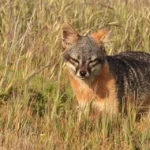
Yes! There have been successful recoveries. Once on the brink of extinction, the California condor has seen a remarkable recovery due to intensive conservation efforts. The Channel Island fox, once near extinction, has rebounded thanks to conservation efforts.
References
- (N.d.-b). Wildlife.ca.gov. Retrieved May 28, 2024, from https://wildlife.ca.gov/Conservation/CESA
- California Condor. (n.d.). Allaboutbirds.org. Retrieved May 28, 2024, from https://www.allaboutbirds.org/guide/California_Condor/overview
- May. (2021, May 11). Desert tortoise. The Nature Conservancy. https://www.nature.org/en-us/get-involved/how-to-help/animals-we-protect/desert-tortoise/
- San Joaquin kit fox. (n.d.). Fws.gov. Retrieved May 28, 2024, from https://www.fws.gov/species/san-joaquin-kit-fox-vulpes-macrotis-mutica
- (N.d.-c). Wildlife.ca.gov. Retrieved May 28, 2024, from https://wildlife.ca.gov/Regions/6/Amphibians/Mountain-Yellow-legged-Frog
- (N.d.-d). Wildlife.ca.gov. Retrieved May 28, 2024, from https://wildlife.ca.gov/Conservation/Mammals/Bighorn-Sheep/Sierra-Nevada/Recovery-Program/Sheep-Facts
- California tiger salamander. (n.d.). Fws.gov. Retrieved May 28, 2024, from https://www.fws.gov/species/california-tiger-salamander-ambystoma-californiense
- Western snowy plover (U.s. national Park service). (n.d.). Nps.gov. Retrieved May 28, 2024, from https://www.nps.gov/places/western-snowy-plover.htm
- Marbled Murrelet identification. (n.d.). Allaboutbirds.org. Retrieved May 28, 2024, from https://www.allaboutbirds.org/guide/Marbled_Murrelet/id
- Southern sea otter. (n.d.). Fws.gov. Retrieved May 28, 2024, from https://www.fws.gov/species/southern-sea-otter-enhydra-lutris-nereis

